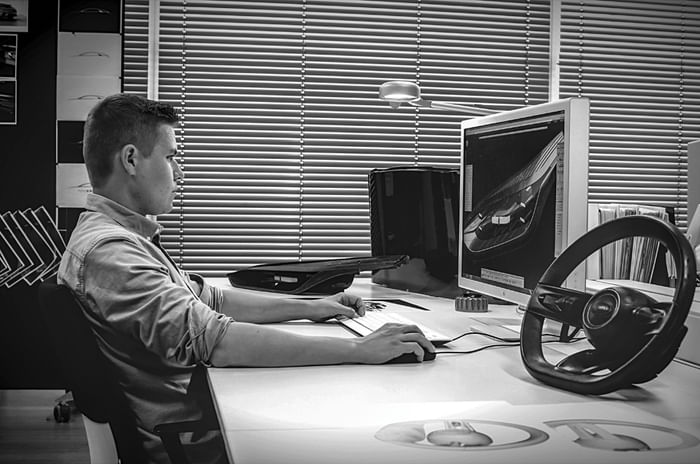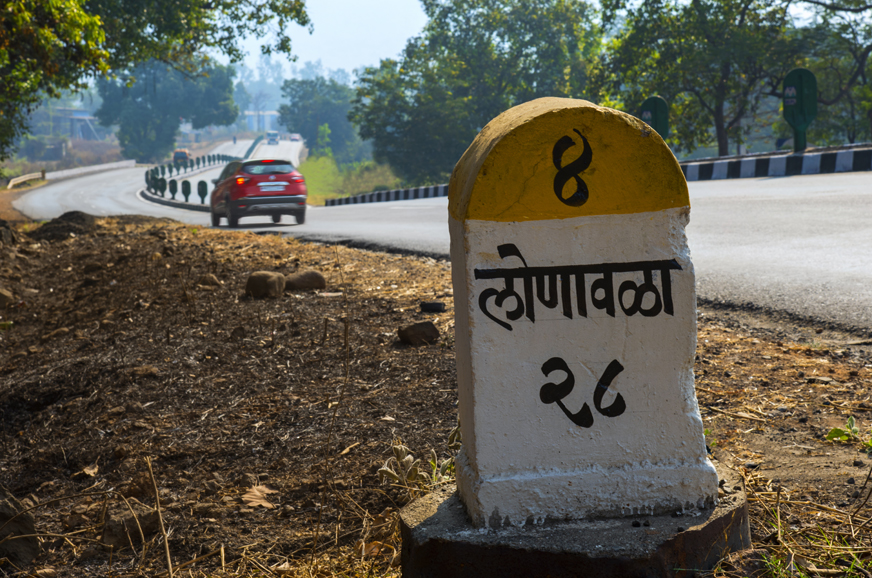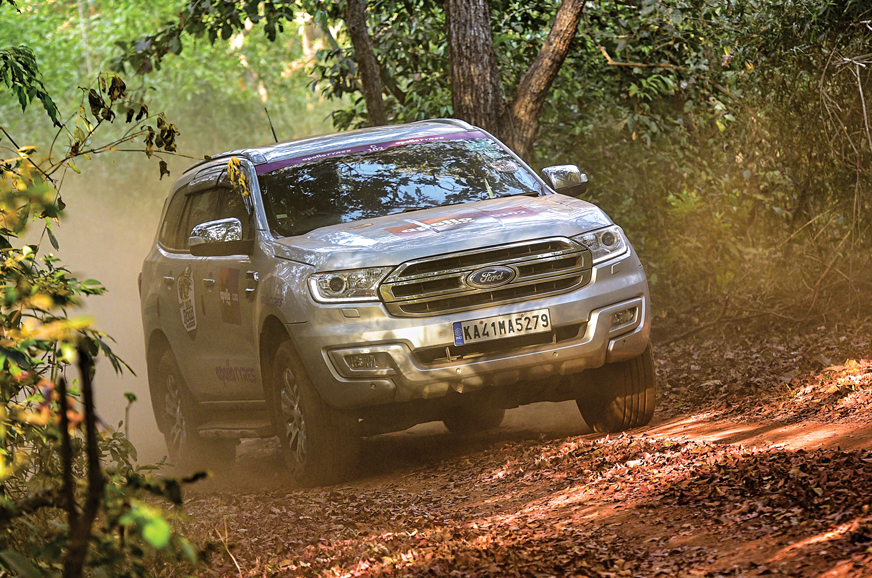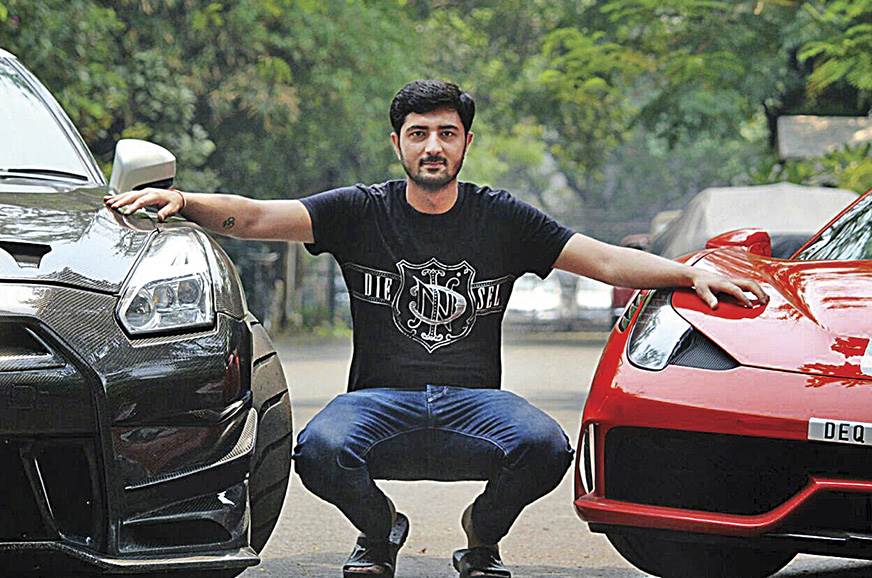There is a tiger in the room. Or rather, it’s the signature ‘tiger-nose’ grille of Kia. Inspired by the powerful face of the Royal Bengal tiger, the company first unveiled the face of Kia on a sports coupé concept at the Frankfurt Motor show in 2007. Over the years, this vision has resulted in the establishment of a consistent design DNA across the Kia model line-up. The tiger-nose grille is just one of the details that illustrate Kia’s commitment and its deep understanding of design. For the unbelievers, here’s something to chew on: In 2018, Kia shared the stage with a Ferrari at a top design award – but more on that later. For now, let’s take a look at what’s behind the curtain at Kia design.

DESIGN RULES AT KIA
The head of design at Kia, like a film director, orchestrates a team of over 250 in design studios across the world – Namyang, Korea; Frankfurt, Germany; Orange County, California; and Tokyo, Japan, among others. Talking about design being a driver, a designer at Kia says, “Kia has made its name as a challenger brand, as a company that has the power to surprise, and as a design-driven brand. We think having a consistent design language throughout the whole product range helped a lot to create brand awareness and to create an image of Kia as being one big brand. You can tell a Kia from a distance.” What he is talking about is Kia’s family face – the tiger-nose grille. Kia has created a visual signature as powerful as its brand logo. The signature grille, headlamps and brand logo form a unique and consistent family look that has evolved over the years and is now so common on the roads that people instantly recognise the brand from a distance; or in the dark.

WHAT IS KIA DESIGN?
At Kia, design does not begin with a blank sheet of paper. It begins with conversations with people
who will one day buy a Kia car. That’s because design is not just about shapes, lines, or embellishments. It is about instilling soul into a brand and making customers passionate about it. That’s why Kia engages and interacts with people across the world and across segments – to gain a more extensive understanding of how to make the brand more exciting and fun. The next step is to find inspiration. Designers at Kia find inspiration in the world around us – the manner in which changes in light illuminate an object, the way things function, the delicacy of balance, how things sound, or even the physicality of a solid object. A Kia design must create true excitement by igniting passion and challenging the intellect, by reflecting class, and by creating magic. At the core of Kia’s design philosophy is the simplicity of a straight line. As another Kia designer explains, “There is no straight line on a car, but it’s about simplicity and pureness, like a snow crystal – very architectural.” Straight lines represent clarity, precision and distinctiveness – traits which reflect the vision of Kia’s designers.
THE DESIGN PROCESS
SKETCHING AND RENDERING: The real job of putting pen to paper starts about a quarter of the way through the design process. It’s only after a detailed analysis and understanding of consumer needs, lifestyle, and trends that the sketching and rendering of the initial design concepts and ideas are done.

TAPE DRAWING: A simple black tape is a critical tool in the design process at Kia design studios. Designers create concept sketches of cars on an upright surface like a wall on a 1:1 scale factor, using tapes. Not only the character, but the real volume can be recognised with a few striking lines. The main reason for these full-size upright sketches is that designers and managers want to determine and evaluate the principle curves of a design as early in the design process as possible.
DIGITAL MODELLING: At this stage, state-of-the-art digital technologies come to play in the design process. From two-dimensional sketches, CAS (computer-aided styling) designers create a virtual three-dimensional vehicle to assess the design and aerodynamics.

VR MODEL REVIEW: Thanks to virtual reality (VR), Kia is speeding up the process of getting a vehicle from perception to pavement. By strapping on a wireless headset, designers can see, edit and interact with every element of the car in a virtual world. What happens if we lower this a little? If we change that, how will it affect the overall design? This new technology reduces the time it takes to review and discuss changes. It also allows for more immersive interactions between designers and engineers.
1:1 SCALE CLAY MODELLING: So far, the car designs have been two-dimensional, but now the form-finding process becomes three-dimensional – and the design tool they use is not a high-tech supercomputer or virtual reality, but venerable and defiantly low-tech clay models. The design is brought to life in three-dimensional form and in original size, allowing the designers to fine-tune surfaces, lines and details. The clay model is also used to test the aerodynamics of the car in
a wind tunnel.

COLOUR AND TRIM: A car doesn’t just need to look good, but it must feel good too. In addition to the look and the shade of the paint, the texture of the surfaces, the colour of the upholstery, the cushioning of the seat, the detailing of the switches – all add up to the feel-good factor in a car. Every little detail is crafted and polished to perfection before a car gets the Kia signature.

AWARD-WINNING DESIGN
Kia has won a cabinet full of awards for its design. Nothing quite demonstrates its design chops like the Red Dot Awards. For those in the know, ‘Red Dot’ has become established internationally as one of the most sought-after seals of quality for good design. The Kia Optima won a Red Dot Award for Product Design in 2016 in the category ‘vehicles’ with the highest distinction, the Red Dot: ‘Best of the Best’. It shared the honour with the Ferrari 488 GTB!
In 2018, it was the Kia Stinger’s turn to win the Best of the Best Car Design award at the Red Dot Awards – and these are just two of the numerous design honours that Kia has picked up over the years. The story of Kia design is an evolving one. Even as you read this, a team of people sitting across the world is busy at work designing the next Kia blockbuster.
































